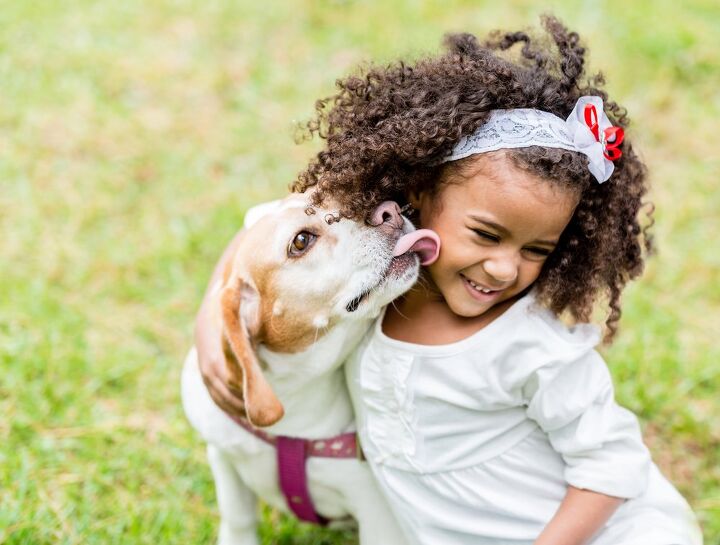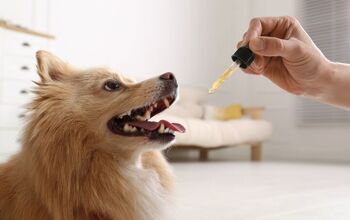Is Your Kid Ready For a Pet?

Big, round eyes, soft, fluffy fur, a wet tongue and a companion just for themselves. Kids are naturally drawn to animals. Faced with some convincing, pleading, whining and promises of how they will promise to take care of it, many parents relent and agree to give their child a pet of their own. Sadly, as parents know, the child often ends up losing interest and the pet becomes the parents’ responsibility.
Ultimately, children are not ready to take care of a pet all on their own, but with guidance and support, they can learn to take more responsibility.
Do Your Research
Not only is researching a pet before you get them home the appropriate way to determine is a particular animal is the right fit for you, it also allows you to check your child’s commitment level. If your kid checks out multiple books from the library, browses videos and articles online, and becomes an expert on the pet of their choice, it’s safe to assume that the pet they have focused on is more than just a passing interest.
Show Interest
Once the pet has come home, make a point of noticing what they are doing and pointing it out or talking about it with your child. Sometimes children get so engaged in playing that they might not notice when the bird is making a cool new sound or the dog has done something cute. Bring it up! In no time at all your child will also be paying more attention and telling you cool anecdotes and fun facts about their new friend.
Model appropriate pet care for your child. Talk to the pet, interact with it and treat it gently. Your child is taking their cues from you. This can be a great way to teach your child empathy. Small creatures are easily startled by loud noises, so we teach children to talk slowly near them and use calm voices. Stroke pets gently and show your child how the pet responds to a gentle touch. Your child will learn to read the cues from their friend. Even “hands off” pets like fish will quickly learn swim to the side of the tank in anticipation of food. It’s the parents job to act as “translator” and encourage interspecies communication.
Set a Routine
Taking on a pet is a lot of work. Even if your child promises they are going to do all of this on their own, chances are they won’t. They just aren’t developmentally ready. So know that the onus for caring for the creature is on you. To help manage the tasks, add the responsibilities of caring for the pet to your child’s daily and weekly responsibilities.
At first, ensure you are doing the activity alongside your child. Model feeding the fish, then let your child feed them with you beside them. Over time, your child will be ready and capable to feed the fish on their own. By setting a specific time of day that they need to be fed, you can ensure that the job has been done without having to nag or wonder if it happened. Bringing the pet home was ultimately your responsibility and monitoring their care is a commitment that you, the parent has made, no matter what your child has promised.
Daily tasks include feeding, playing and giving fresh water. Weekly task might include cleaning up after the pet. For some of the bigger cleaning jobs, do these alongside your child. Learning to care for a pet, even cleaning up after them, can help children develop self-esteem and a sense of responsibility.
Get Creative
Involve your child in some creative time for the pet. Building a cool fort for the cat to play in, baking cookies for the dog or setting up a maze for the hamster. Creative opportunities allow your child to bond with their pet, as well as teach them to think of the needs of others. Ensure you are using pet safe materials and have fun!
Don’t Get a Pet if…
Impulse purchases of animals are never a good idea. All baby animals are cute. But they all grow up. They don’t necessarily grow into pets that are a good fit for your family. If any of the below points speak to your living situation, go with your gut and hold off on getting a pet:
- If you are still hesitant about getting a pet for your child, good! A pet is a large responsibility, and you have your hands full already raising a kid.
- There are severe allergies in the house. Some moderate allergies can be managed and some allergy suffers are not as likely to react to specific animals. But if you are unsure, consult your doctor and go spend time with that species to ensure that there won’t be a reaction.
- You fear your child will be too rough. Pets can get hurt or may bite. If your child is still working on being gentle, wait, and get a pet later.
- If you do not want the added responsibility. Pets are a whole lot of work. So are kids. Think of adding another mouth to feed and more messes to clean up. If that raises your blood pressure, then this is not the right time for you.
- Finances are tight. Even the smallest of pets can be hard on the pocket book. So consider your budget before bringing home a furry friend.
With careful planning and consideration, a childhood pet can leave lasting memories.

Kevin Roberts lives for adventure. Together with his pack of rescue dogs and his husband, he spends as much time outdoors as possible. Kevin lives by the motto: "Get outside and play with your dogs!
More by Kevin Roberts























